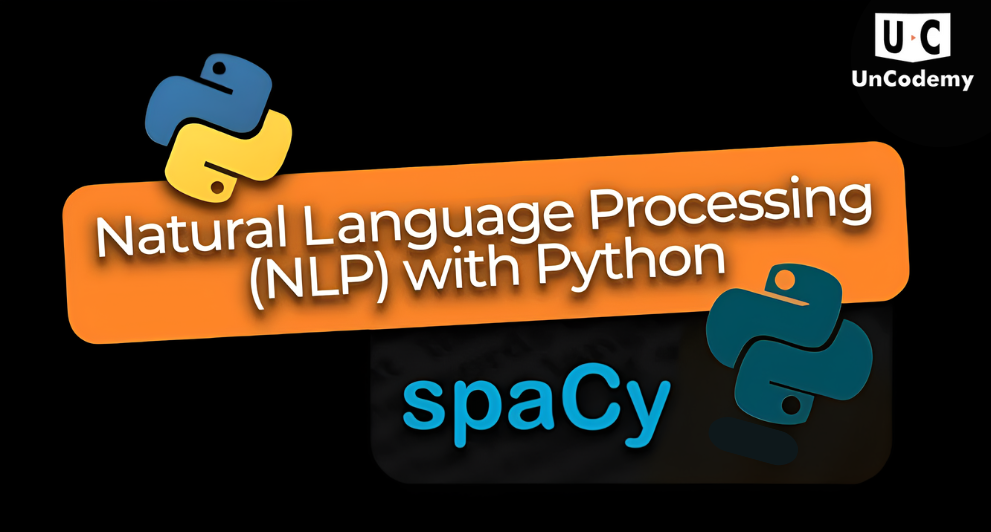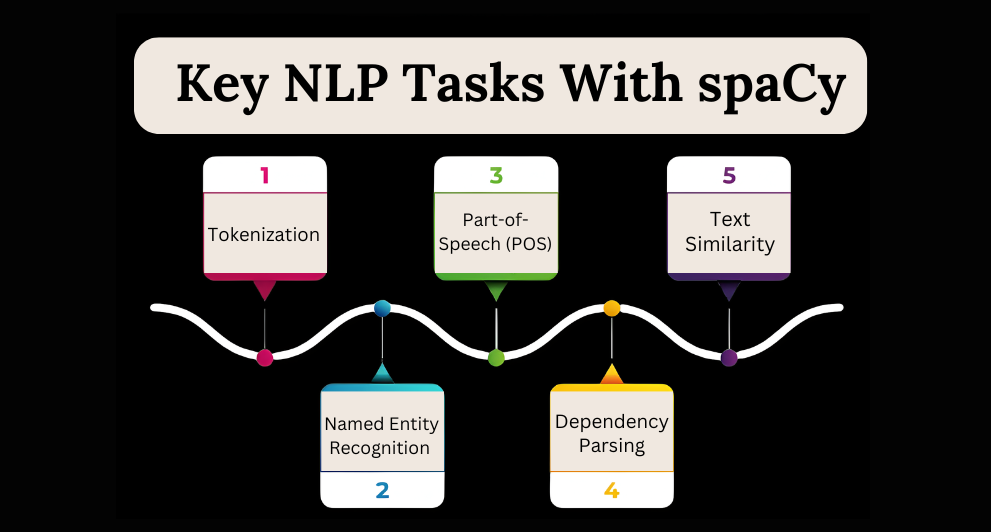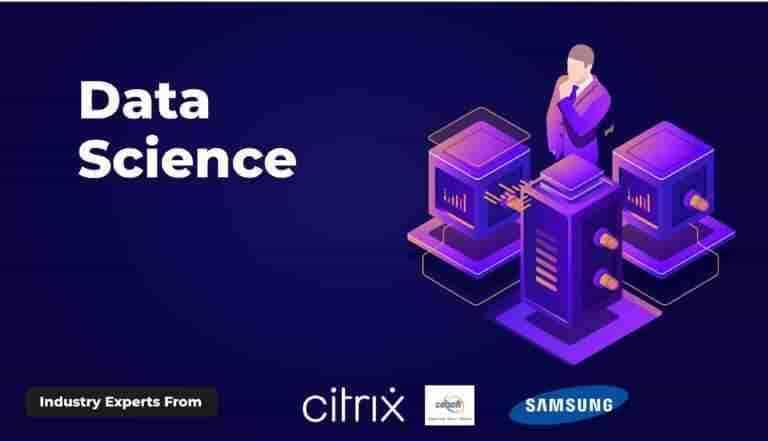Natural Language Processing With spaCy in Python
pradyumn Singh / 2 Months - 0
- 5 min read

- ImageProcessing
- ImageToTextConversion
- LearnPython
- PythonCode
In the fast-paced world of technology, language is the bridge between humans and machines. Natural Language Processing (NLP) is the magic wand that enables machines to understand, interpret, and generate human language. If you’ve ever used voice assistants, auto-correct features, or language translation tools, you’ve already witnessed the wonders of NLP.
This blog explores how to harness the power of spaCy, a cutting-edge Python library, to perform various NLP tasks efficiently. Whether diving into Python for data engineering, exploring a Python machine learning library, or expanding your Python language learning journey, spaCy is your go-to tool.
Why spaCy?
“Innovation distinguishes between a leader and a follower.” – Steve Jobs
Regarding NLP in Python, spaCy stands out as a leader. It’s fast, reliable, and designed specifically for production use. spaCy is not just another tool in the ocean of Python libraries; it’s a powerhouse tailored for serious developers and data scientists.
Key Features of spaCy
- Pre-trained models for multiple languages.
- Support for advanced NLP tasks like Named Entity Recognition (NER), dependency parsing, and part-of-speech tagging.
- Easy integration with Python for data engineering pipelines.
- Scalability for processing large datasets.
Getting Started With spaCy
First things first—let’s install spaCy and set up our environment:
pip install spacy
Once installed, download a pre-trained language model. The en_core_web_sm model is perfect for most English NLP tasks:
python -m spacy download en_core_web_sm
Loading the Language Model
Here’s how you load and use the language model:
import spacy
# Load the English model
nlp = spacy.load("en_core_web_sm")
# Process a text
text = "spaCy is a powerful library for NLP."
doc = nlp(text)
# Print tokens
for token in doc:
print(token.text, token.pos_, token.dep_)
This snippet tokenizes the input text and provides part-of-speech tags and syntactic dependencies for each word. Simple, right?
Key NLP Tasks With spaCy

Let’s dive deeper into spaCy’s capabilities and see how it aligns with Python for data engineering and machine learning applications.
1. Tokenization
Tokenization is the first step in any NLP pipeline. It splits text into individual components like words or punctuation.
for token in doc:
print(token.text)
Output:
spaCy is a powerful library for NLP.
Idioms like “breaking down the problem” perfectly describe tokenization. It’s the foundation for more complex tasks.
2. Named Entity Recognition (NER)
NER identifies entities like names, dates, and locations within text. Here’s how it works:
for ent in doc.ents:
print(ent.text, ent.label_)
Output:
spaCy ORG
NLP ORG
“Names are the sweetest sounds.” In NLP, identifying names and entities is crucial for personalized user experiences.
3. Part-of-Speech (POS) Tagging
POS tagging assigns grammatical roles to words. This helps machines understand sentence structure.
for token in doc:
print(f"{token.text}: {token.pos_}")
Output:
spaCy: PROPN
is: AUX
a: DET
powerful: ADJ
library: NOUN
for: ADP
NLP: PROPN
.: PUNCT
4. Dependency Parsing
Dependency parsing analyzes relationships between words. It’s like connecting the dots to form a meaningful picture.
for token in doc:
print(f"{token.text} –> {token.head.text} ({token.dep_})")
5. Text Similarity
Comparing text similarity is a powerful feature for recommendation systems and clustering tasks.
text1 = nlp("I love programming.")
text2 = nlp("Coding is my passion.")
similarity = text1.similarity(text2)
print(f"Similarity: {similarity:.2f}")
Visualizing NLP Tasks
“Seeing is believing.” Visualization simplifies complex tasks. spaCy offers a built-in visualizer called displaCy.
Visualizing Dependency Parsing
from spacy import displacy
displacy.render(doc, style="dep")
Visualizing Named Entities
displacy.render(doc, style="ent")
These visualizations provide intuitive insights into text structures.
Use Cases in Python for Data Engineering
- Data Preprocessing: Tokenization, stopword removal, and lemmatization make raw data ready for analysis.
- Information Extraction: Extract names, dates, and other entities for structured datasets.
- Text Analytics: Enhance machine learning models with semantic and syntactic features.
Integrating spaCy With Machine Learning
spaCy integrates seamlessly with Python machine learning libraries like scikit-learn and TensorFlow. For example:
Feature Engineering With spaCy
features = [(token.text, token.pos_, token.ent_type_) for token in doc]
print(features)
Output:
[("spaCy", "PROPN", "ORG"), ("is", "AUX", ""), …]
Custom Models With spaCy
You can even train custom NER models to recognize domain-specific entities—perfect for niche applications.
Learning Resources and Community
Python language learning becomes exciting with tools like spaCy. The official spaCy documentation is a treasure trove of resources. Additionally, platforms like Real Python provide practical tutorials to sharpen your skills.
Conclusion
“The limits of my language mean the limits of my world.” – Ludwig Wittgenstein
Mastering spaCy expands the horizons of what you can achieve in NLP. Whether you’re using Python for data engineering, diving into a Python machine learning library, or exploring the vast ecosystem of Python libraries, spaCy ensures you stay ahead of the curve.
So, roll up your sleeves, experiment with code, and let spaCy transform how you process language.



























